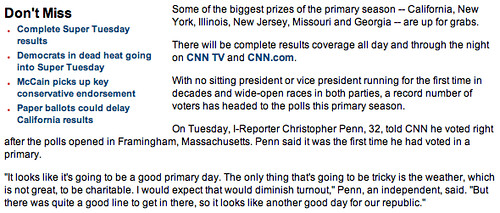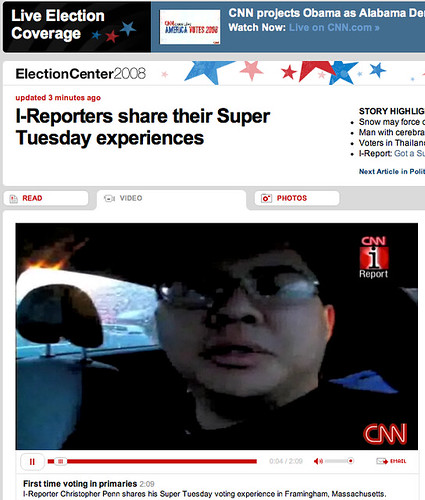Valentine’s Day doesn’t rank highly on my list of important days. As CC Chapman said, if you need a holiday to show someone you love that you care, you have serious issues you need to address in your relationship.
 Combine that with crass commercialism and an attempt to raid your wallet through your heart by major corporations (check the stocks of 1-800-FLOWERS today – ticker: FLWS, FTD ticker: FTD, Red Envelope ticker: REDE) and you have a day I’m not wildly thrilled about.
Combine that with crass commercialism and an attempt to raid your wallet through your heart by major corporations (check the stocks of 1-800-FLOWERS today – ticker: FLWS, FTD ticker: FTD, Red Envelope ticker: REDE) and you have a day I’m not wildly thrilled about.
So let’s rearrange the day of showing love a bit.
Figure out what you’d spend on an average Valentine’s Day among flowers, gifts, dinner, cards, and the other corporate subsidies pop culture asks you to buy. Total all that up, and then make a contribution to your significant other’s favorite charity instead, in their name. If you’re going to spend money today, spend it on something that will show true love – a contribution to an organization that will serve the greater good.
There’s no shortage of charities to choose from, and tons of good causes. Check out Charity Navigator to find efficiency ratings of various charities, to see how your money is used and what percentage of each dollar goes to actually help the people or causes you donated to help. Every non-profit charity with 501(c)(3) status is also required to disclose its IRS 990, so you can inspect for yourself how they use their money.
Make Valentine’s Day about love – love not only for your significant other, but about love for your world, your community, and the greater good. As my teacher Stephen K. Hayes says, there is no greater way to serve yourself and make yourself happier than to help others.
Got a charity you want to promote? Post a link to it in the comments!
Photo credit: Sister72
 Combine that with crass commercialism and an attempt to raid your wallet through your heart by major corporations (check the stocks of 1-800-FLOWERS today – ticker: FLWS, FTD ticker: FTD, Red Envelope ticker: REDE) and you have a day I’m not wildly thrilled about.
Combine that with crass commercialism and an attempt to raid your wallet through your heart by major corporations (check the stocks of 1-800-FLOWERS today – ticker: FLWS, FTD ticker: FTD, Red Envelope ticker: REDE) and you have a day I’m not wildly thrilled about.

